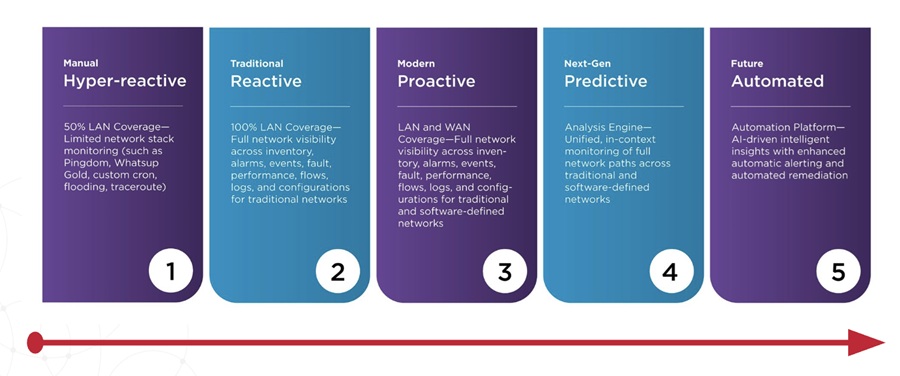Despite the allure of new technologies that promise to deliver on digital transformation, the mainframe continues to dominate IT infrastructure, according to 2022 Survey Report: The State of the Mainframe, a report from Rocket Software based on a survey of 500 US IT professionals.
More than half (56%) of respondents say the mainframe still makes up the most of their IT infrastructure, followed by private cloud (20%) and distributed (15%). This illustrates the effectiveness and reliability of the mainframe and its ongoing role as a critical element in IT environments.
Modernizing the mainframe plays a critical role in helping businesses overcome some of their most pressing challenges, including protecting their investments in technology, closing the skills gap and integrating new technology for a unified IT environment. The survey reveals that modernizing in place — not ripping and replacing the mainframe — is the preferred method to update IT infrastructure. Respondents described their organizations’ current mainframe application and operations IT strategy as "modernizing in place" (56%), "operating as is" (27%) and "re-platforming" (17%).
Other key findings include:
Modernizing the mainframe
Modernizing the mainframe can help close the skills gap. As companies continue to face skills gaps in their talent pool, modernizing systems is the most popular way respondents are working to maintain talent pipelines with 45% of respondents citing it as the top method. Forty three percent of respondents plan to offer mainframe-specific education to help address the skills gap.
Implementing DevOps functionalities
Implementing DevOps functionalities presents a valuable opportunity to modernize the mainframe’s capabilities and performance. Forty four percent of respondents say their organization uses multiple tools for DevOps functionality on mainframe applications, but it is not a complete DevOps platform while 24% have a comprehensive platform for mainframe DevOps.
Integrating mainframe with cloud
Integration of the mainframe with the cloud is key. Leveraging the diversity of solutions available from cloud to mainframe and optimizing each layer to operate together will create the most effective, unified environment. Eighty-two percent of respondents are migrating at least some of their workloads and operations from mainframe to cloud, however only 4% are going completely cloud native. This trend towards hybrid environments emphasizes the need for integration and optimization.
"During a time of great disruption, organizations need to leverage their years of technology investments alongside the latest tools available to drive business forward," said Jeff Cherrington, Vice President, Product Management, System Z, Rocket Software. "As the findings of this report show, the mainframe continues to be reliable, secure and efficient. Modernizing the mainframe must be a top priority for IT leaders working to ensure their IT infrastructure is future-proof and to help close the skills gap many organizations are facing."


